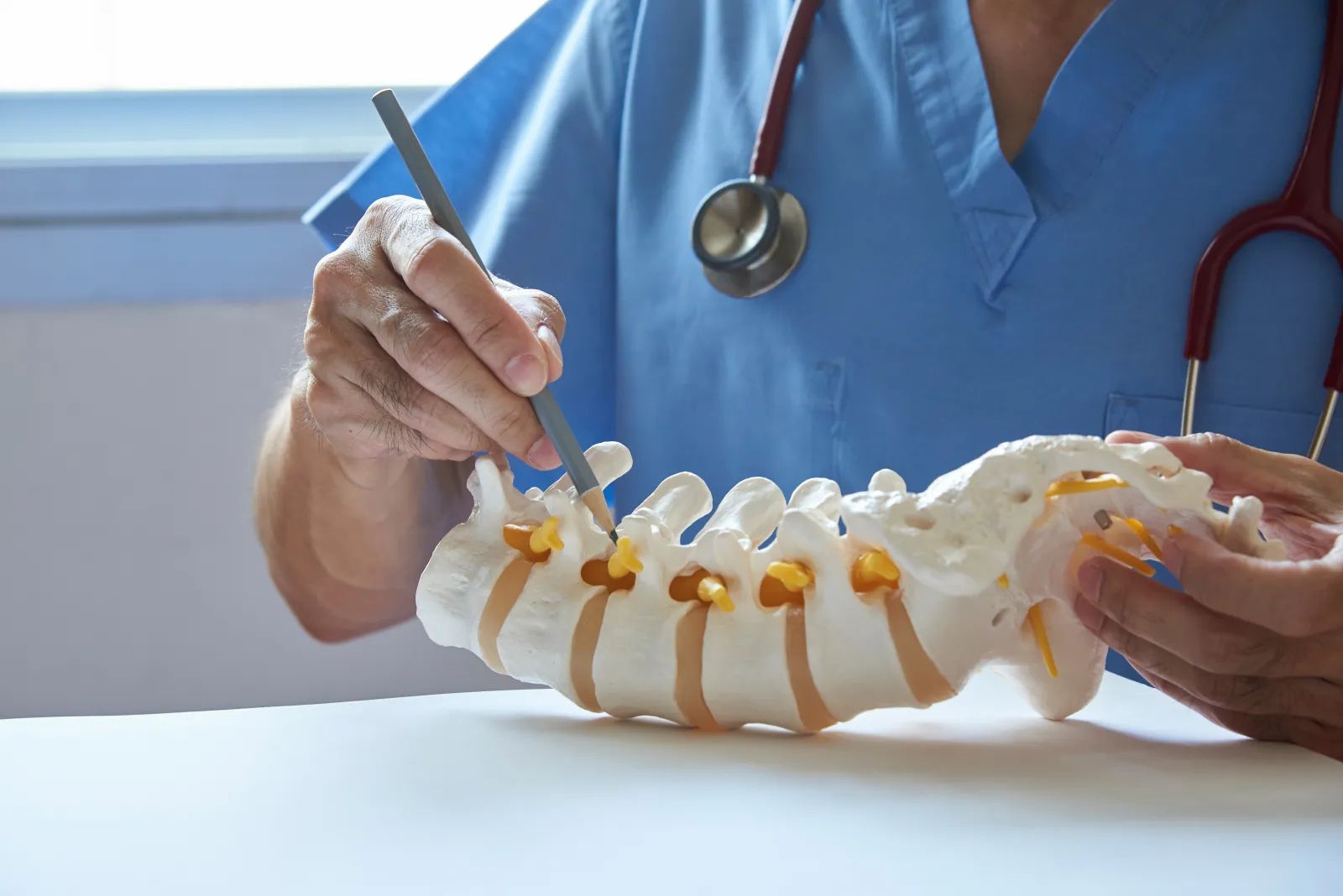
Back pain is a common complaint of aging, but sometimes back pain is a sign of tiny, hairline cracks within the vertebrae. Over time, these cracks can compound and cause a vertebra to collapse, resulting in a spinal compression fracture. Initially, it may be possible to manage pain with medication, back braces, or resting. Eventually, these techniques may no longer alleviate the pain of a spinal compression fracture.
In such cases, spine surgery may be the best solution. At Orthopaedic Specialists of Austin, we are proud to offer various spine surgery options to help provide relief from chronic pain associated with compression fractures. If you would like to find out if spine surgery for compression fractures is right for you, please contact our practice in Austin, TX to schedule a consultation.
Types of Spine Surgery for Compression Fractures
There are different surgical options for treating compression fractures. The procedure used will depend on the degree of damage and other factors unique to each patient and may include one of the following spine surgery options.
Kyphoplasty
Kyphoplasty is a minimally invasive procedure that can help alleviate the pain caused by spinal compression fractures. Kyphoplasty reduces pain by stabilizing the vertebrae and restoring some of the lost vertebral height caused with special liquid bone cement.
During the kyphoplasty procedure, a catheter tube is inserted into the vertebrae through a small incision in the back. The catheter has a balloon on the end that is inflated within the vertebrae to create a cavity. Next, the balloon is deflated and the liquid bone cement is injected into the cavity. After about 10 minutes, the cement will harden.
Recovery after Kyphoplasty
Recovery after kyphoplasty is generally quick and the pain relief effects may be felt immediately in some patients. Most patients will feel some relief within a few days of treatment. A full recovery generally takes six weeks. During this time, patients should avoid strenuous activity but may resume normal daily activities.
With that said, patients may need to spend one day in the hospital after undergoing the kyphoplasty procedure, but are often allowed to return home the same day as their procedure. If returning home the same day, patients will need to arrange for a friend or family member to drive them home as driving is not permitted immediately after surgery.
Spinal Fusion
Spinal fusion is a surgical procedure used to stabilize sections of the spine. Spinal fusion can help alleviate the pain associated with spinal compression fractures by preventing movement between specific vertebrae. This is achieved by joining one or more vertebrae so that they may fuse together.
During the spinal fusion procedure, metal plates or rods are attached to the back of the spine to hold the vertebrae in place. Bone is then grafted in the spaces between the vertebrae. By preventing movement and filling empty spaces with a bone graft, the vertebrae will fuse together.
Recovery after Spinal Fusion
Recovery after spinal fusion surgery can be a long process and may take as little as two months to more than six months to fully recover. After spinal fusion, patients are typically required to stay in the hospital for several days and may need some time in a rehabilitation unit. Patients should expect to wear a brace following surgery and usually need to commit to a physical therapy routine in order to rebuild strength and restore back function.
After a full recovery, patients should expect some permanent loss of spinal movement. Decreased mobility will be noticeable around the site of vertebral fusion. Patients may also need to avoid certain types of movements that can put strain on the spine, such as heavy lifting or drastic twisting.
Is Spine Surgery Right for You?
If you find the pain of spinal compression fractures debilitating, spine surgery may be right for you. To find out if you're a candidate, please contact us to schedule a consultation.
